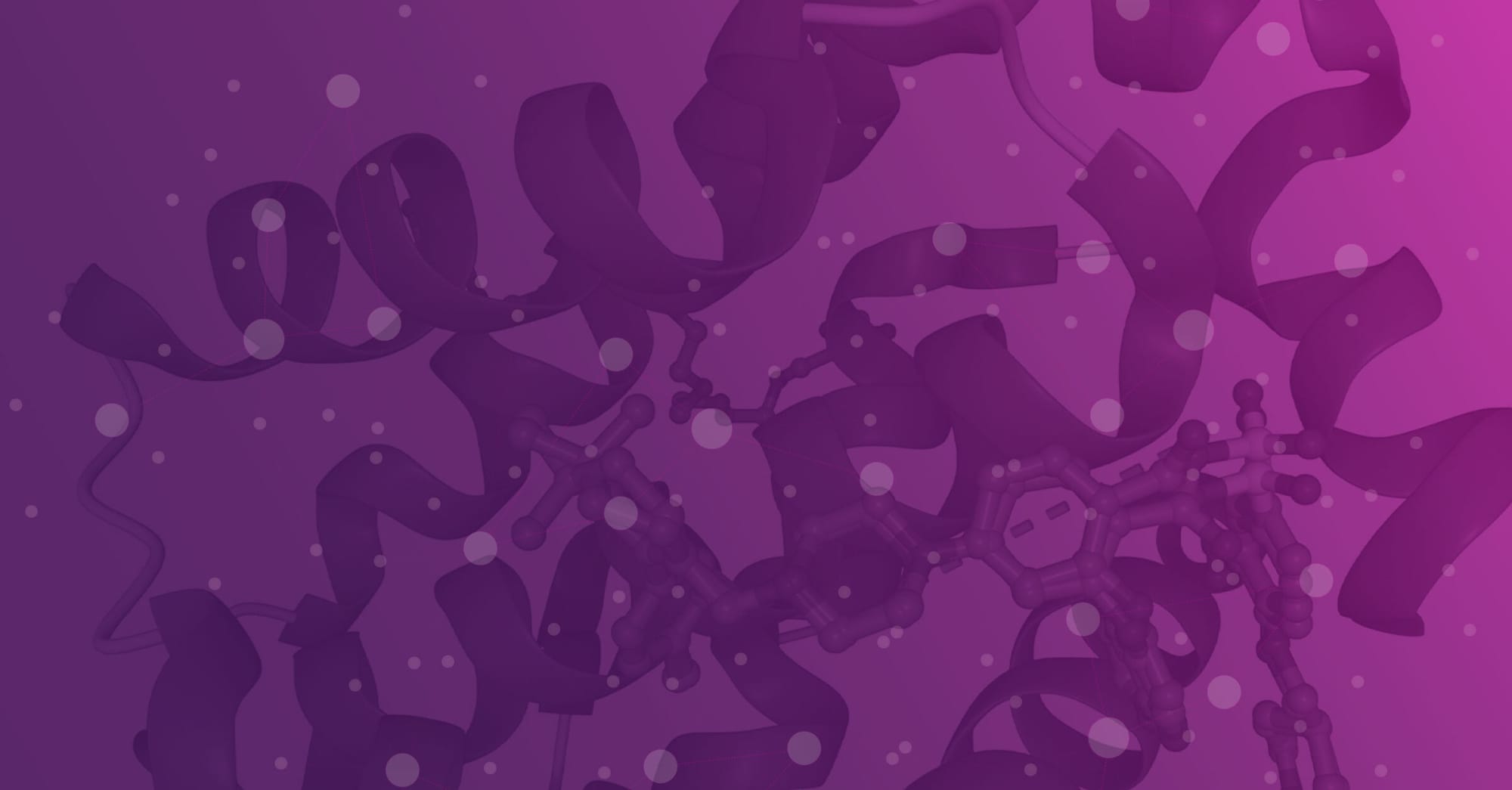The Future of Drug Discovery: Tackling the Undruggable with New Biotechnologies
Learn about the new tools and strategies transforming drug discovery

In the constantly evolving field of drug discovery, the term “undruggable” refers to proteins and targets in the body that, until recently, were considered impossible to treat with traditional drugs. Thanks to emerging technologies and innovative pharmacological tools, we’re expanding our "drug discovery toolbox" and finding ways to tackle these tough targets. This is a game-changer, especially in the fight against cancer and other complex diseases.
Breaking New Ground with PROTACs
One of the standout innovations in this space is the development of proteolysis-targeting chimeras, or PROTACs. These multifunctional small molecules are like tiny spies, hijacking the body’s natural protein degradation system to remove unwanted proteins. By binding to both the target protein and an E3 ubiquitin ligase (a protein that tags other proteins for degradation), PROTACs direct the cellular "trash disposal" system to get rid of problematic proteins. This approach can be incredibly effective for proteins that resist traditional inhibitors.
For example, PROTACs targeting STAT3, a protein crucial for tumor growth, have shown promise where conventional therapies have failed. Similarly, PROTACs can target and degrade overexpressed proteins, offering a way to overcome drug resistance, a common issue in cancer treatment. The versatility and potential of PROTACs are vast, paving the way for new therapies that could transform how we treat diseases.
Multifunctional Small Molecules and Peptides
Beyond PROTACs, there are other exciting tools in the new drug discovery toolbox. Peptides and peptidomimetics, for instance, mimic natural peptides and can target specific proteins with high precision. These molecules are like finely tuned keys, fitting perfectly into their target proteins to disrupt harmful processes.
Then there are nucleic acid therapeutics, like oligonucleotides, which target and modify genetic material directly. This can potentially correct the root causes of some diseases at the genetic level. Cell therapies, such as modulated T-cell receptor (TCR) mimetics, harness the power of the immune system to fight disease, representing a completely new approach to treatment.
A New Wave of Cancer Therapies
One of the biggest success stories in this new wave of drug discovery is venetoclax, the first-in-class BCL-2 inhibitor. This drug, which targets a specific protein-protein interaction (PPI), took over two decades of research and development but has proven highly effective in treating certain cancers. Its success has opened the door to targeting other previously undruggable PPIs, sparking a wave of innovation in cancer therapeutics.
Recent advances in targeting KRAS and HRAS mutations further highlight the potential of these new technologies. KRAS mutations, found in about 30% of cancers, were once considered untouchable. However, the discovery of a pocket in the KRAS G12C mutation led to the development of drugs like sotorasib, showing promising results in clinical trials. Similarly, the development of tipifarnib, a farnesyl transferase inhibitor, has shown significant response rates in targeting HRAS mutations.
Unlocking New Targets with Modern Techniques
Modern crystallography techniques have also played a crucial role in these advancements. For instance, they revealed a cavity within the transcription factor HIF-2α, critical in tumor growth and survival, allowing the creation of molecules that block its function. This was the first successful drug development against a transcription factor, opening the door to targeting a whole new class of previously unreachable targets.
The Promise of Multispecific Drugs
The future of drug discovery looks even brighter with the development of multispecific drugs. These innovative agents combine two or more functional entities, creating highly targeted therapies with enhanced efficacy. For example, some antibody-based drugs leverage the immune system's targeting capabilities, while small molecule "matchmakers" bridge the gap between a target protein and its natural degrader within the cell. These advancements could lead to highly effective and specific therapies with minimal side effects.
Protein-Based Drugs: Advantages and Challenges
While the promise of protein-based drugs like PROTACs is immense, they also come with challenges. One significant hurdle is optimizing the physicochemical properties of these drugs to ensure efficient absorption, distribution, and metabolism. Additionally, while small molecules can target well-defined pockets on enzymes or receptors, targeting PPIs presents a unique challenge due to their flat, featureless interfaces and large interaction areas.
Despite these challenges, the progress in PPI-modulating drugs is noteworthy. Several PPI modulators have reached clinical trials, and some have even been approved for use, showcasing their potential for a wide range of diseases.
Lessons from Cancer Therapeutics
The p53 protein, known as the "guardian of the genome," is a key player in the body's defense system. Nearly half of all human cancers involve alterations in the p53 gene, making it a prime target for therapeutic strategies. One approach is to disrupt the interaction between p53 and its natural inhibitor, MDM2. By blocking this interaction, researchers aim to unleash p53's full tumor-suppressing potential.
Small molecules like Nutlins and peptides that mimic the binding site of p53 on MDM2 are being developed to achieve this. Nutlins have shown promising results in increasing p53 levels in cancer cells and triggering apoptosis. Clinical trials for Nutlin derivatives, like RG7112, are ongoing, highlighting the therapeutic potential of targeting the p53/MDM2 interaction.
Expanding Beyond Cancer
The strategies developed for cancer are also being explored for other diseases. For example, synthetic lethality involves targeting specific cellular vulnerabilities to kill cancer cells while sparing healthy cells. The success of PARP inhibitors in BRCA-mutant ovarian and breast cancers validates this approach, and similar strategies are being tested for other DNA repair enzymes.
Collateral lethality, another promising strategy, targets cancer cells with specific genetic profiles. By inhibiting "passenger" gene products like PRMT5 in MTAP-null cells, researchers can selectively target cancer cells while minimizing harm to healthy cells.
Indirectly Targeting "Undruggable" Proteins
Small molecules can also target "undruggable" proteins indirectly by modulating the production of these proteins. This can be achieved by influencing chromatin regulation or targeting transcription factors and RNA molecules that control protein expression. Several small molecules are being developed to target frequently mutated transcription factors like P53, MYC, and STAT3, disrupting oncogenic pathways even when direct targeting proves difficult.
A New Generation of Effective Therapies
These innovative strategies using small molecules and peptides represent a significant leap forward in our fight against cancer and other complex diseases. By exploiting vulnerabilities and targeting previously inaccessible pathways, researchers are developing a new generation of effective therapies that offer hope for the future.
The fight against the undruggable is being transformed by new biotechnologies and pharmacological tools. From PROTACs to multispecific drugs, these advancements are expanding the "drug discovery toolbox" and opening up new possibilities for effective therapies. As research continues, we can look forward to even more breakthroughs in tackling previously untreatable targets and improving patient outcomes across a range of diseases.
Stay informed by signing up for our newsletter, where you'll gain early access to the latest insights, trends, and breakthroughs in drug discovery, powered by cutting-edge data and analysis from industry-leading experts.
